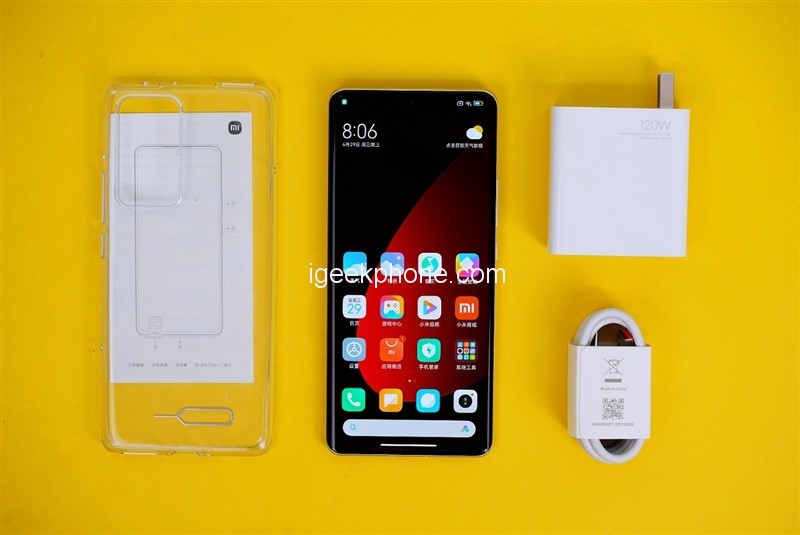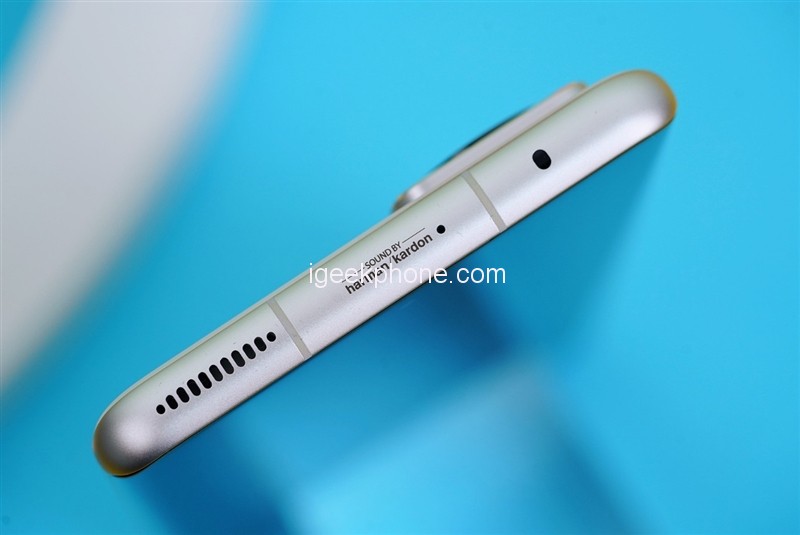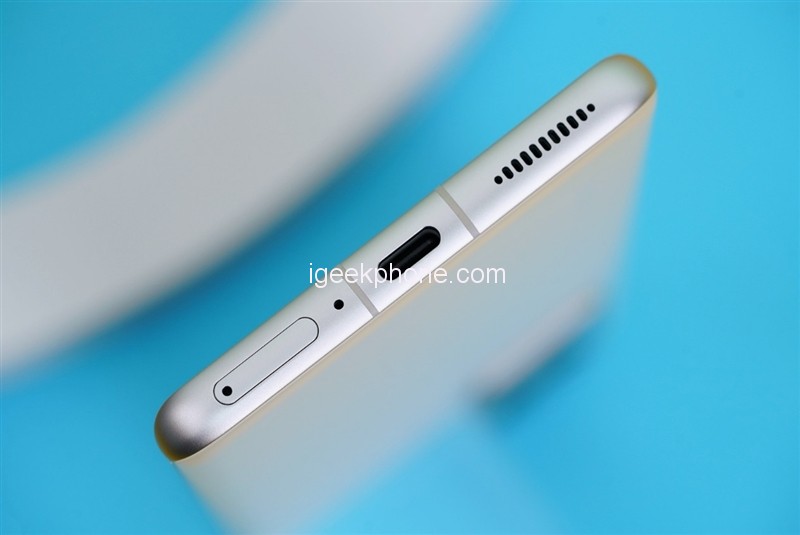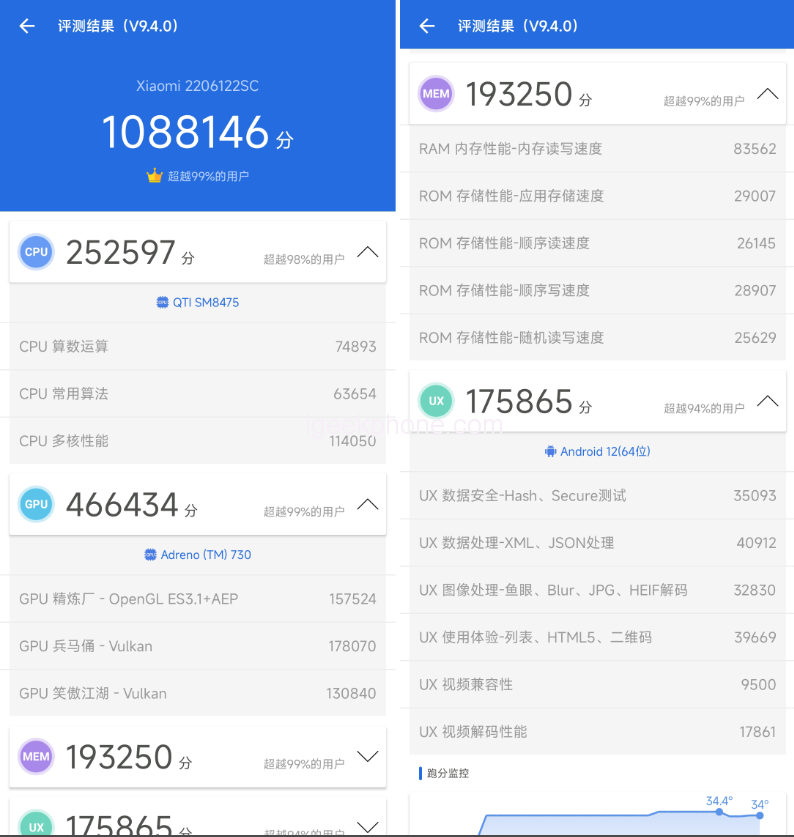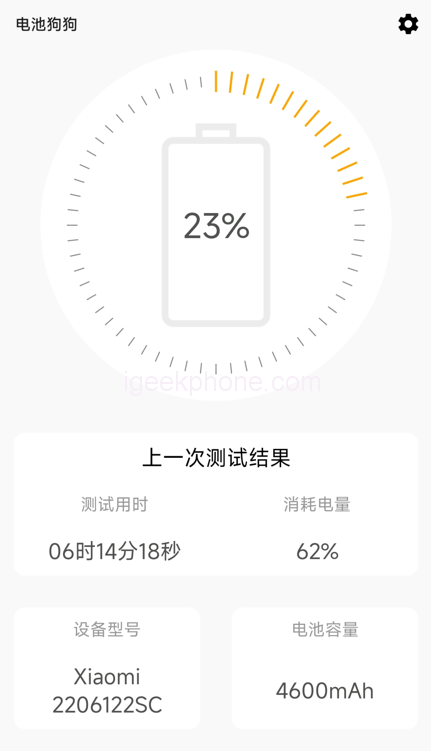The extreme performance of the Snapdragon 8 has soared, and it even touched the tail smoke of Apple, which is surprising. Of course, its high heat generation and power consumption are also widely criticized, which are also one of the few shortcomings of the Mi 12 Pro’s stacking bucket, but then, you didn’t have to choose either. After half a year, Xiaomi Mi 12 Pro has also ushered in a round of “small” upgrades, but the change in experience is unexpectedly large. In the new Xiaomi Mi 12S Pro, the upgrade is mainly reflected in two aspects.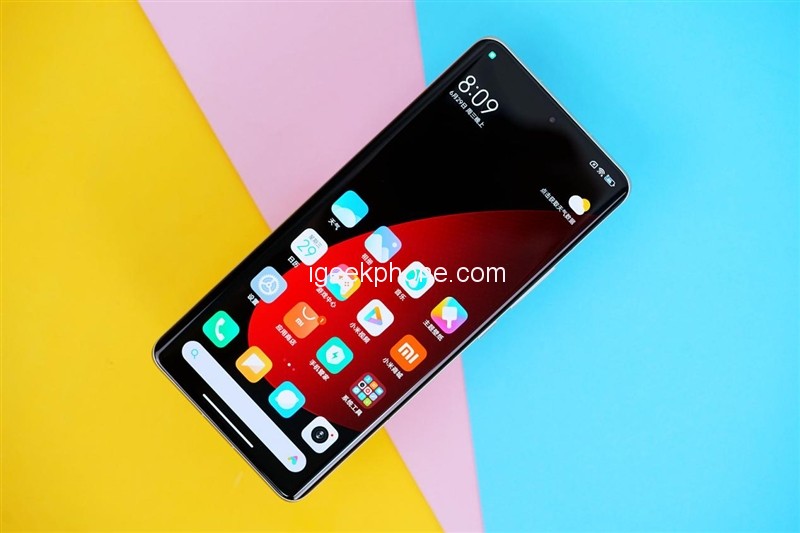
1. The processor is upgraded to the new Snapdragon 8 Plus.
- Based on the latest TSMC 4nm process, while the frequency is increased, power consumption and heat generation have been greatly improved. Some people joke that the Snapdragon 8 is the rebirth of the fire dragon, then the Snapdragon 8 Plus can cool down your phone.
2. In terms of imaging, for the first time, it has reached a cooperation with the century-old camera brand Leica.
- Although the Xiaomi Mi 12S Pro still uses the custom Sony IMX 707 ultra-large bottom + JN1 telephoto and ultra-wide-angle image configuration, this time it is the first time it joins hands with Leica, and there have been considerable changes in color grading and film texture. Under the joint polishing with Leica, the unique tone of this generation is completely different from the Mi 12 Pro.
In other respects, the Xiaomi Mi 12S Pro continues the excellent genes of the 12 Pro, the bucket flagship.
The micro-curved AMOLED screen with a resolution of up to 2K supports the second-generation LTPO variable refresh rate, which can achieve a balance between smooth and delicate screen display and power saving.
The 4600mAh battery is not small, and it also supports 120W super-fast charging, which can be fully charged in as little as 18 minutes. 50W wireless charging is not absent, and wired and wireless fast charging is double satisfaction.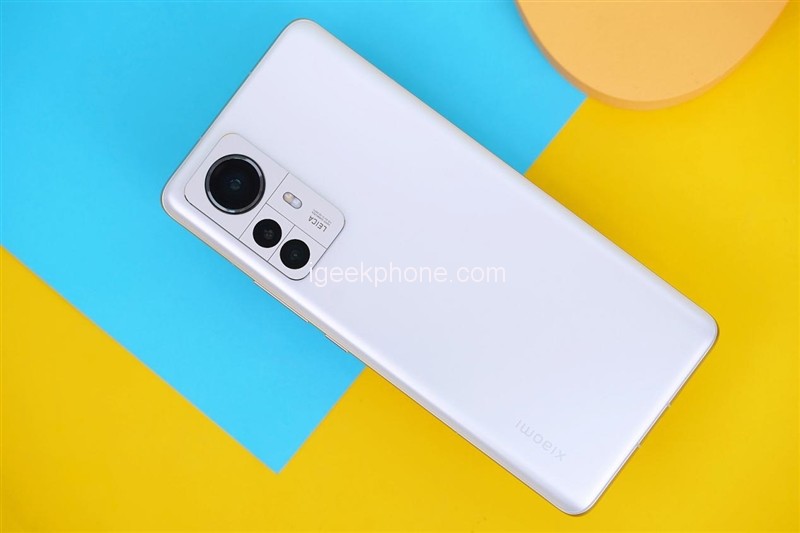
Needless to say, the advantages of the remaining ancestral infrared, NFC, symmetrical four-unit speakers, and Harman Kardon are small details.
To sum up, here are some highlights of the new Xiaomi Mi 12S Pro configuration:
- SOC: New Snapdragon 8+, lower power consumption, performance upgrade
- Image: Xiaomi-Leica joint adjustment: IMX 707 outsole main camera
- Charging: 120W super wired fast charge, 50W super wireless fast charge
- Screen: 2K AMOLED slightly curved screen, up to 120Hz refresh rate, supports the second-generation LTPO variable refresh rate technology
Next, let’s experience the Xiaomi Mi 12S Pro in detail, and see how the image has changed under the blessing of Leica; and the performance of the new Snapdragon 8 Plus.
Design & Appearance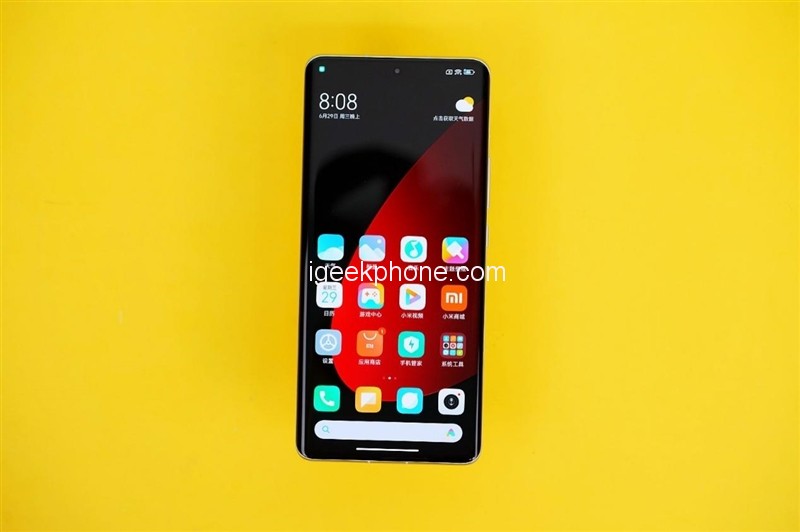
In terms of appearance design, Xiaomi Mi 12S Pro still uses the previous mold without any changes. The front is a 2K resolution micro-curved screen that supports a 120Hz refresh rate and the second-generation LTPO technology. While taking into account the smooth and delicate display effect, power consumption can also be minimized.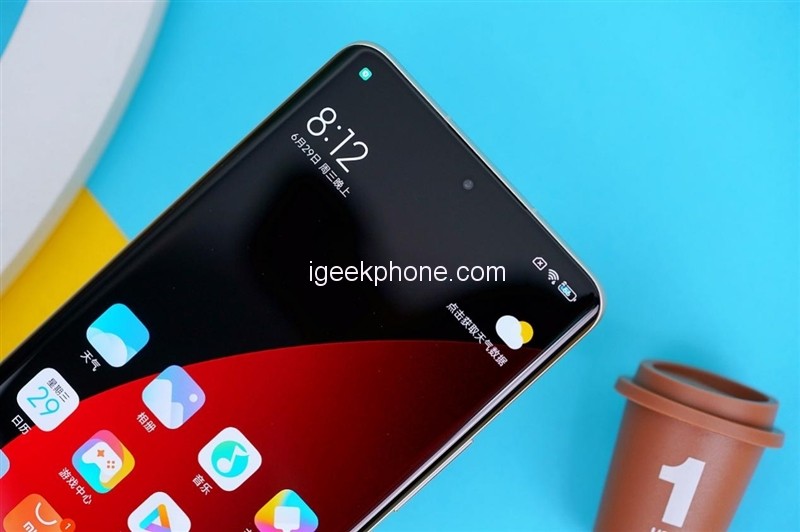
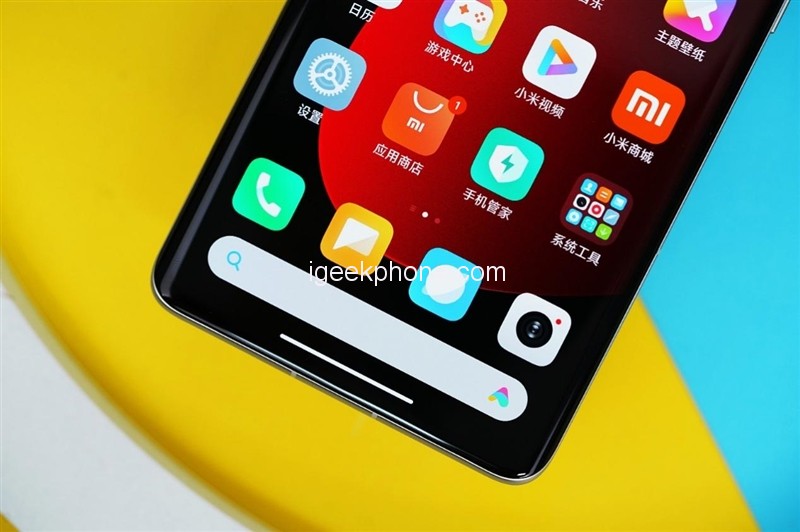
There is a 32-megapixel front camera in the center front camera. The earpiece has a micro-slit design that is barely visible from the front. The thickness of the chin is also extremely narrow, which can provide a very immersive full-screen look and feel. On the back, what we received this time is the white version, the pure white and flawless, smooth, and moist AG glass back plate looks full of texture. The rear camera module is still a classic family-style design, but the 50MP font has been upgraded to LEICA, and the high-end temperament is absolutely in place.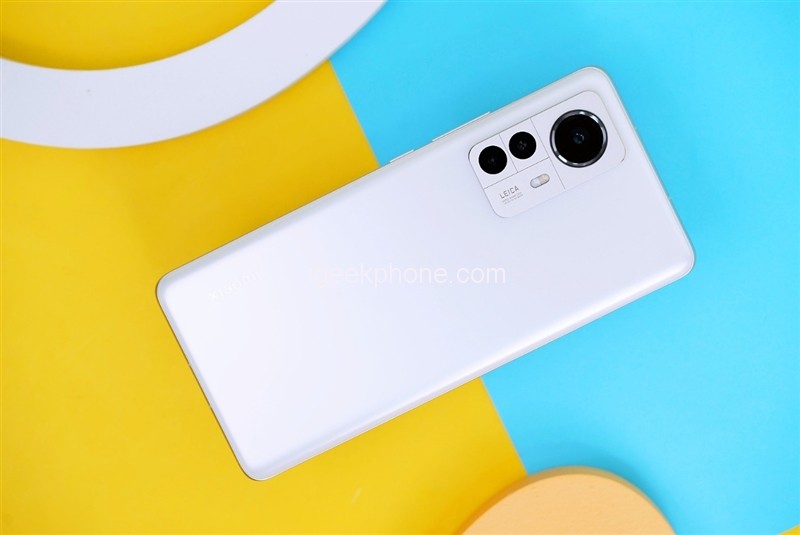
The specifications of the three rear cameras have not changed. The main camera is a 50-megapixel IMX 707, and the telephoto and ultra-wide-angle are both JN1. The addition of Leica is mainly reflected in the imaging algorithm style.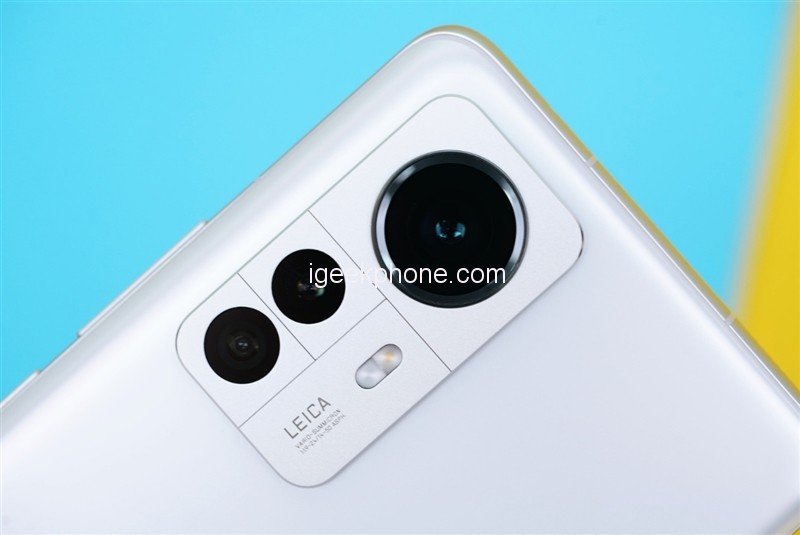
In terms of interface, the upper and lower double holes are opened, and a stereo system with four speakers is provided inside. There is also a lot of infrared, microphone openings, SIM card slots, etc. on the top, as well as the certification icon of Harman Kardon. Both hardware and software are very powerful.
In addition, the accessories section a also provides a transparent protective case, card pins, a 120W charger, and data cable.
Theoretical performance
In the face of Xiaomi Mi 12S Pro, our biggest question is, can the Snapdragon 8 Plus upgraded to TSMC’s 4nm process be called a rebirth?
The answer is yes. With the support of the new technology, the X2 super core of the Snapdragon 8 Plus has reached a high frequency of up to 3.2GHz (equaling the Dimensity 9000), and at the same time improving the performance, it also has a lower power consumption. consumption and heat, there is no doubt that its performance will be better.
Through several theoretical tests, let’s take a look at the specific performance improvement.
1. AnTuTu Comprehensive Test
The first is the comprehensive test of AnTuTu. The Xiaomi Mi 12S Pro easily achieved a total score of 1,088,146, which is a significant improvement compared to the previous generation’s reluctant score of 1,029,002. From the detailed sub-items, the CPU performance has changed the most, with an increase of up to 10%.
2、Geekbench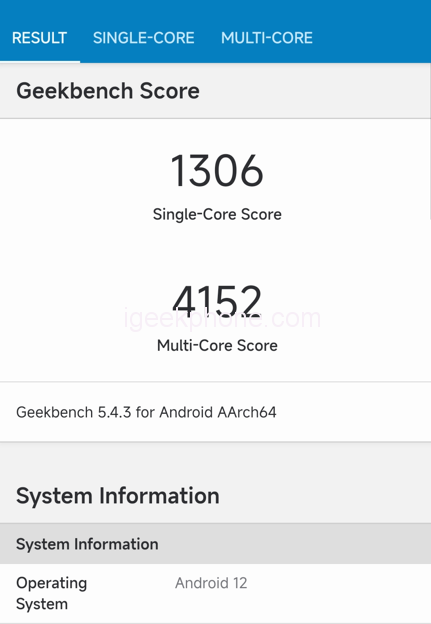
In the Geekbench 5 test, the single-core score was 1306 and the multi-core score was 4152. The single-core exceeds the Dimensity 9000, and the multi-core difference is only within 5%.
3、GFXbench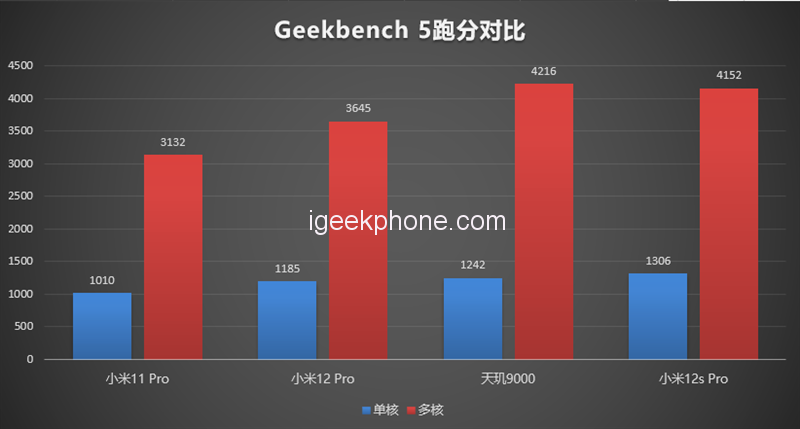
For the GPU part, the new Snapdragon 8 Plus has only been upgraded, and there is no change in frequency. Horizontally comparing the following GFXbench scores, the performance release of the Snapdragon 8 Plus is better than that of the Snapdragon 8. In the long-term running test, it can still maintain a high score, and the performance of the last few tests will not be degraded due to high temperature.
4: Androbench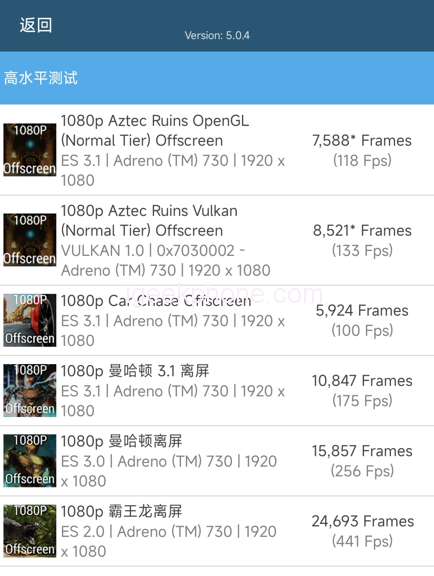
The continuous reading speed is 1859.87 MB/s, which is in line with the speed performance of UFS 3.1.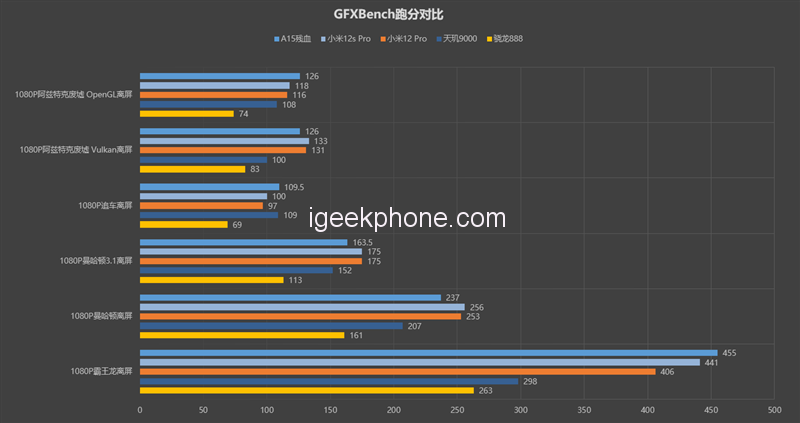
To summarize the performance of the Snapdragon 8 Plus, with the blessing of the new TSMC 4nm process, its CPU performance has finally caught up with the Dimensity 9000. The single-core leader is small, and the multi-core is small, but it is almost the same. The GPU performance advantage is still in the absolute lead, and even the continuous performance release is better. It seems that the throne of the Android performance king will change hands again.
It is worth mentioning that in the process of running points, whether it is the continuous AnTuTu test or the high-pressure GFXbench running points, the fever of the Xiaomi Mi 12S Pro is not high. This is in the summer, but the fuselage still does not show the feeling of being hot to the hand, so this time the heat control surprise is not small, we will take a detailed look at it in the next game test.
Game Test
For game testing, the convention is three mainstream games, and the frame rate is given priority to the highest quality for testing.
1. King’s Glory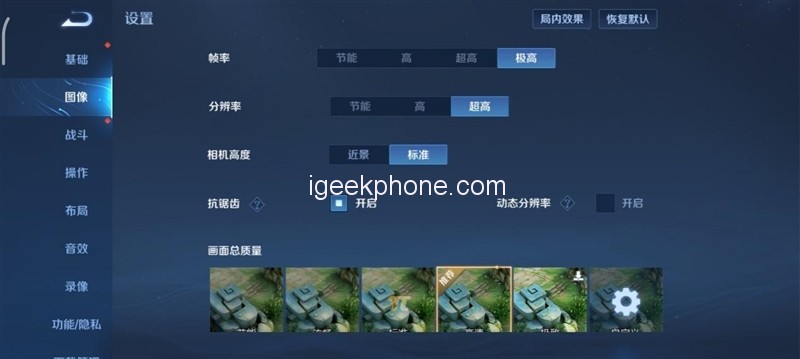
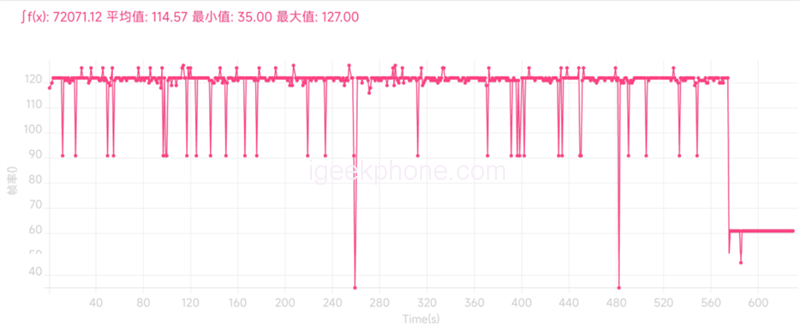
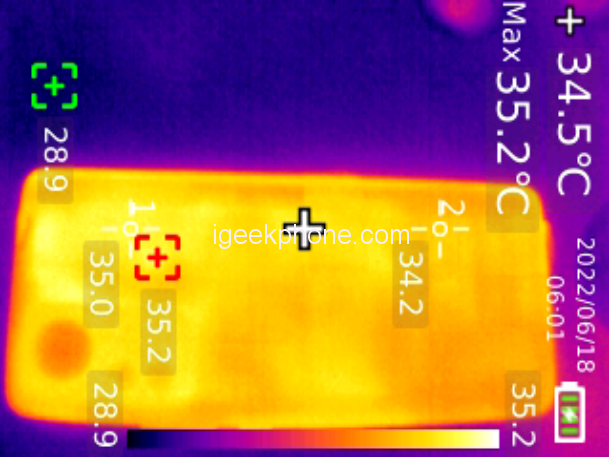
“Honor of Kings” supports the highest picture quality and 120-frame mode. After opening, it will play for nearly 10 minutes. The average frame rate is 114.57 FPS, and the frame rate does not fluctuate much.
The temperature of playing “Honor of Kings” is not high, the highest is close to 37 ℃, and the game is generally maintained at about 35 ℃.
2. Peace Elite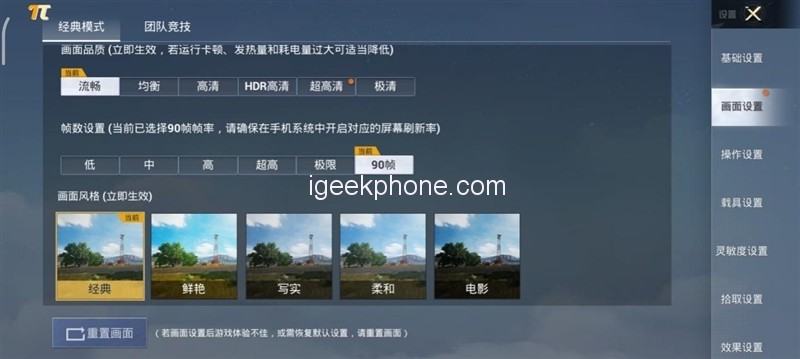
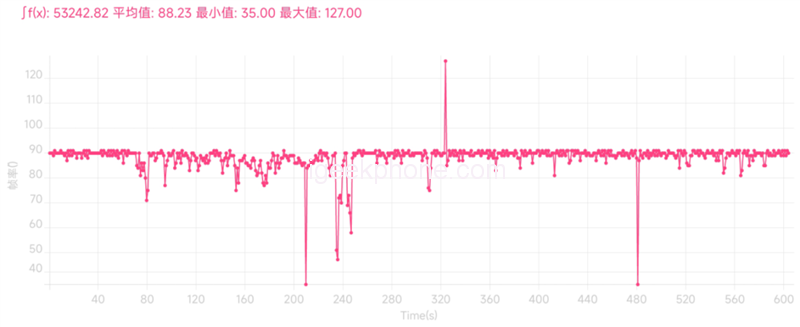
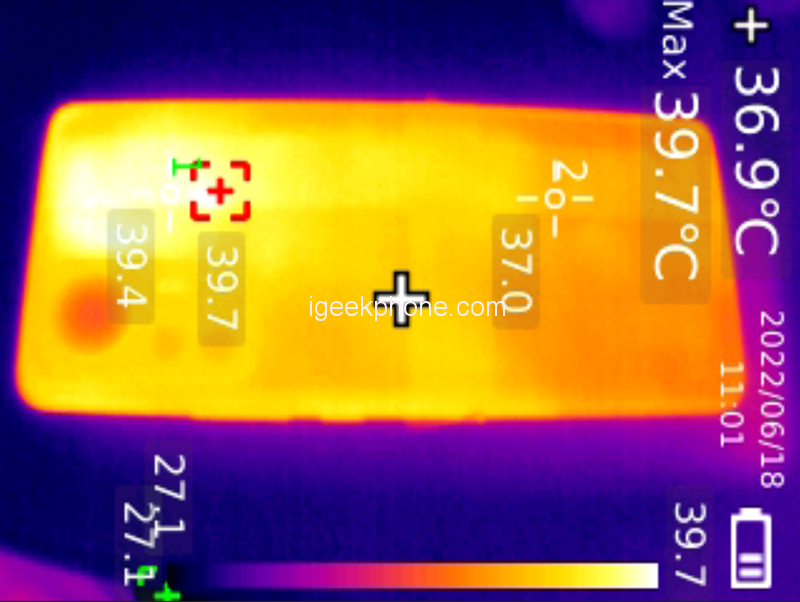
“Peace Elite” supports the 90-frame mode with smooth picture quality. After opening, the average frame rate is 88.23 FPS, which is also close to the full-frame and smooth and stress-free.
In contrast, the 90-frame “Peace Elite” has more pressure, and the highest temperature of the back cover reaches 39.7 °C, and the heat is more obvious.
3, Genshin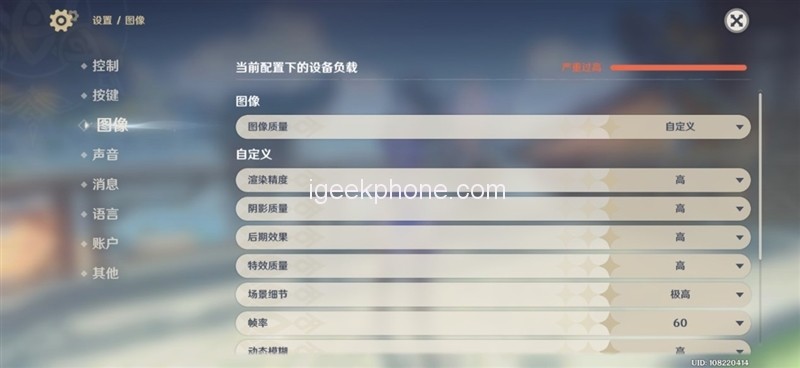

The Leica joint name is very different! Xiaomi Mi 12S Pro first review: inject a century of “German flavor” genes into the image. The Leica joint name is very different! Xiaomi Mi 12S Pro first review: inject a century of “German flavor” genes into the image
For the performance test of “Genshin Impact”, we chose the test method with greater test pressure. The highest picture quality + 60 frame mode, run from Liyuegang to Mond City, and record the change of frame rate throughout the whole process.
Thanks to the performance improvement of Snapdragon 8 Plus, Xiaomi Mi 12S Pro no longer locks 50 frames when facing Genshin Impact. Although the frame will drop to reduce the pressure as the pressure increases, the change is relatively stable. It can keep running at 60 fps.
The average frame rate reached about 57.37 FPS, which is better than the performance of locked frames. The Leica joint name is very different! Xiaomi Mi 12S Pro first review: inject a century of “German flavor” genes into the image.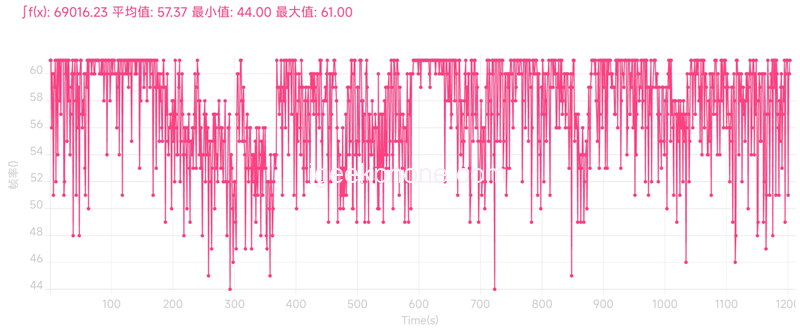
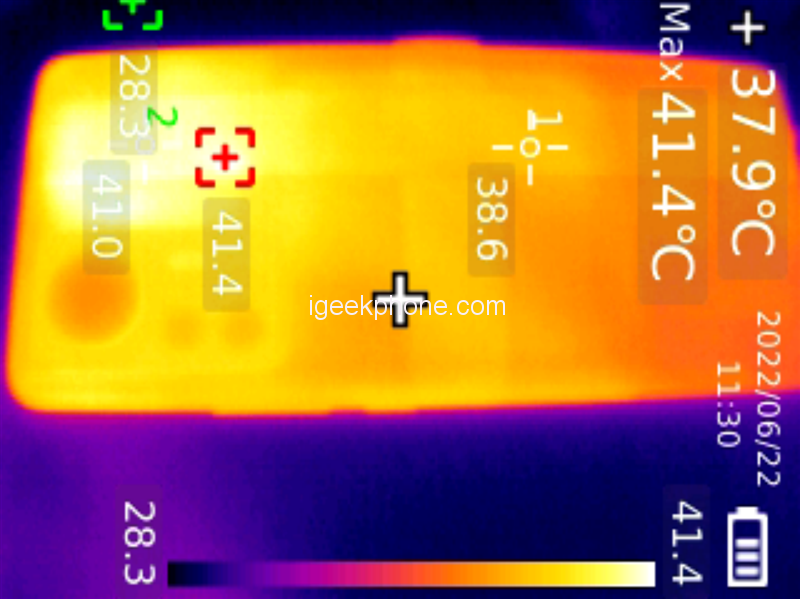
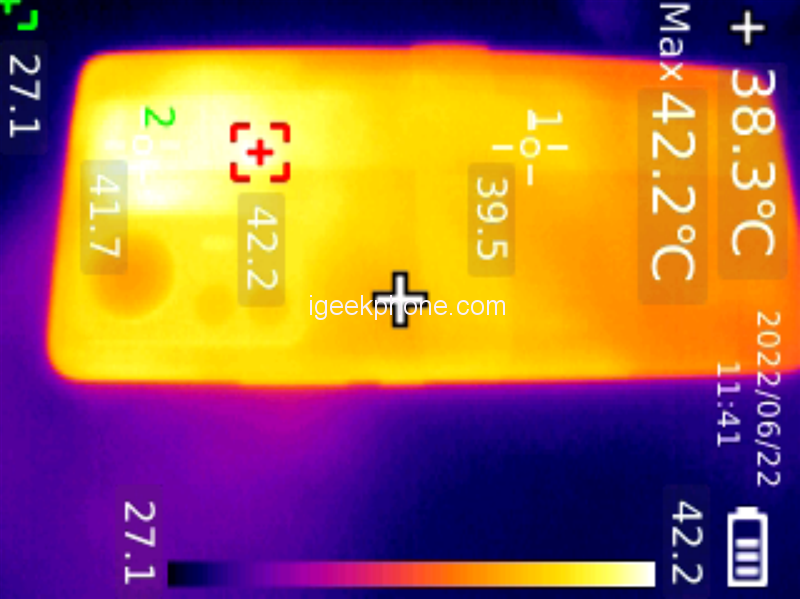
In addition to the frame rate, the performance in terms of temperature is even more surprising. The Leica joint name is very different! Xiaomi Mi 12S Pro first review: inject a century of “German flavor” genes into the image
The Leica joint name is very different! Xiaomi Mi 12S Pro first review: inject a century of “German flavor” genes into the image When the “Genshin Impact” test was conducted for 10 minutes, the highest temperature of the back cover was 41.4°C. After 20 minutes, the highest temperature of the back cover was only 42.2°C.
Looking back at several models tested before, under the 10-minute stress test, other mobile phones often reached over 42°C, and under the 20-minute “Genshin Impact” stress test, the temperature even reached over 45°C. This time, TSMC’s 4nm process is quite powerful, and the Snapdragon 8 Plus not only has stable frame numbers but also generates less heat.
Cameras
In terms of imaging, the hardware specifications of the Xiaomi Mi 12S Pro have not changed. It is still the 1/1.28-inch super-large bottom main camera IMX 707, plus two JN1s to form portrait and ultra-wide-angle lenses, as well as a unique tracking system for everything.
The biggest change comes from the handshake between Xiaomi and Leica. Through the cooperation with a century-old camera manufacturer, Xiaomi Mi 12S Pro has a new tone style, combined with Leica’s rich photography experience, the imaging is more inclined to the photographer’s style, with the unique Leica shutter sound, as if the camera is really in the hand.
To briefly explain, this time Leica has created two image styles for Xiaomi.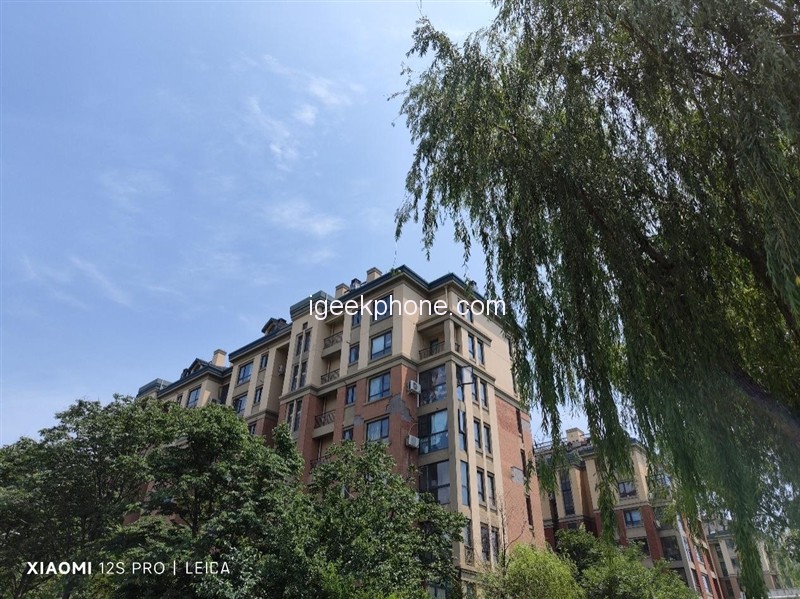
One is the Leica Classic, whose imaging is biased towards high contrast and lighter colors, from which the Leica “German flavor” that people often say comes.
The other is the Leica Vivid. Jointly tuned by Xiaomi and Leica, it has a brighter image, a warmer picture, and more vivid colors. Compared with the Mi 12 Pro, you will find that it is generally closer to the camera style of traditional mobile phones.
When it comes to taking pictures every day, we have to choose between two Leica styles. Therefore, in the following proofs, I will explain the corresponding style filters, so that users can feel the charm of different imaging styles.
I am very satisfied with the three rear cameras of the Mi 12S Pro when taking photos during the day. The only flaw may be the unavoidable glare effect of the ultra-wide angle in the face of strong light sources.
Whether it’s Leica Vivid or Leica Classic, it’s just a difference in the orientation of the image style. If you have to talk about it, I think that Leica Classic is more inclined to buildings and blue sky, while Leica Vivid is more inclined to bright green plants and flowers.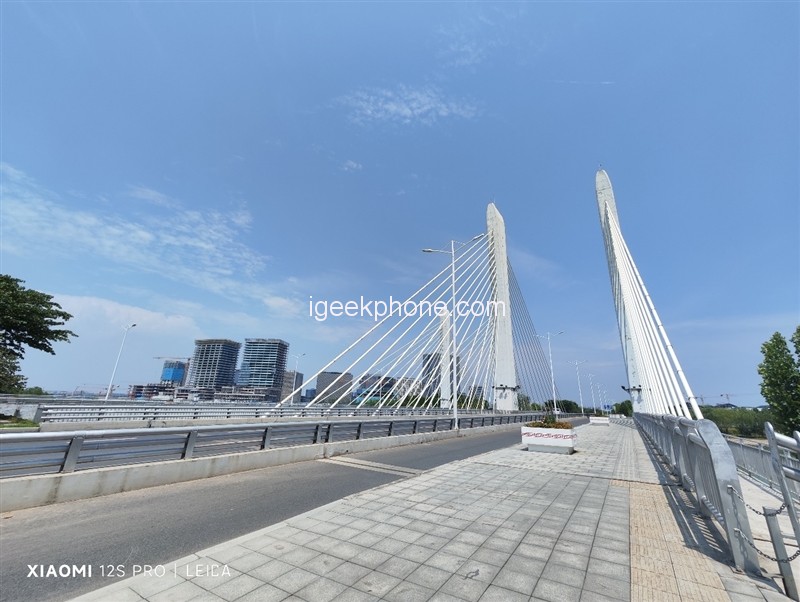 In automatic mode, the high contrast of the Leica Classic at night is particularly noticeable, and the picture takes on a brilliant, surreal effect. In night scene mode, the style of the two Leica tones is less obvious. If you pursue stable nighttime imaging performance, it is recommended to use the night scene mode to shoot directly.
In automatic mode, the high contrast of the Leica Classic at night is particularly noticeable, and the picture takes on a brilliant, surreal effect. In night scene mode, the style of the two Leica tones is less obvious. If you pursue stable nighttime imaging performance, it is recommended to use the night scene mode to shoot directly.
The experience of taking pictures at night is rather confusing. We also said earlier that the night photography of Xiaomi Mi 12S Pro involves 4 permutations and combinations, and their final imaging performances are all different from each other. When the author is shooting, he often shoots in all modes and then selects the best. But this is a bit too cumbersome for ordinary users.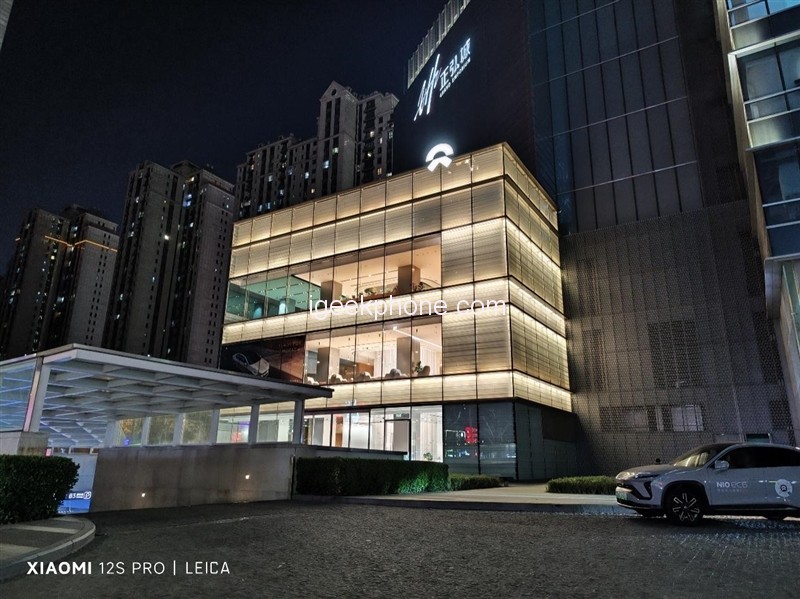
Not without a solution though. We recommend that you choose the night mode to shoot first, and often the best night photos are produced here. If you shoot directly in automatic mode, Leica Vivid is more similar to regular night shots on mobile phones, while Leica Classic has a unique tone, it depends on your taste.
In addition, this Leica co-brand also brings some Leica-style features to the Mi 12S Pro. For example, the Master Lens Pack has three filters: black and white, rotary focus, and soft focus, which can easily simulate the imaging style and optical characteristics of classic lenses.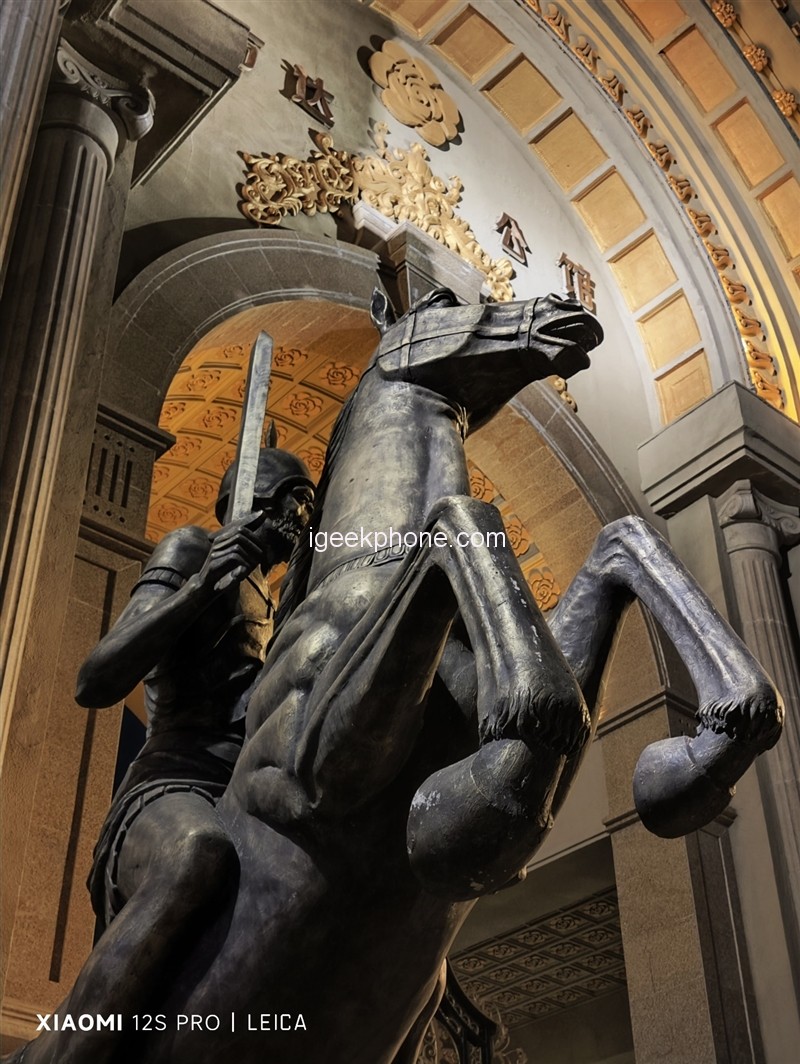
In addition, there is a very stunning Leica Master watermark. The 100% original Leica camera official APP has the same watermark, which is quite distinctive when sharing photos.
Battery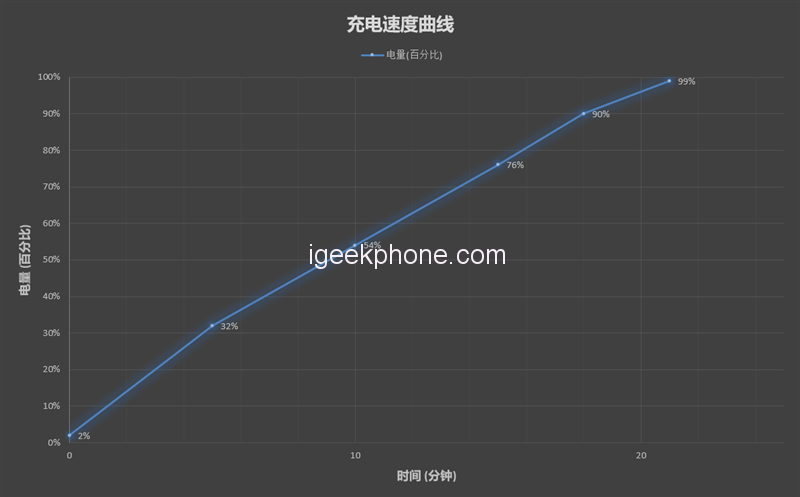
Xiaomi Mi 12S Pro still supports a 120W super second charge. We experienced it. The power reached 99% in 23 minutes. If we did not turn on the screen to check the power and slow down the charging speed, it would be easy to fully charge in 18 minutes.
The battery life is a big surprise. Using the battery dog to continuously run 3D games, videos, web browsing, and other operations, takes 6 minutes and 14 seconds to consume 62% of the power. After comprehensive calculation, the battery life is about 10 hours after full power.
In contrast, the full battery life of the previous Mi 12 Pro was only a little over 6 hours. With the blessing of the Snapdragon 8 Plus, the battery life is directly increased by nearly 40%, which shows that the energy consumption ratio of TSMC’s 4nm process is excellent.
Read Also: Xiaomi Book Pro 14 2022 Review: Everything in Just one Book
Verdict
What does the joint Leica bring to the Xiaomi Mi 12S Pro?
For every mobile phone manufacturer, the exploration in the field of mobile phone imaging is tantamount to a blind man touching an elephant. What kind of image style is the best, it is difficult for anyone to have a definite result. This is the meaning of the cooperation with a century-old video company: to directly draw the essence from its video accumulation. With a well-known and recognized image style as a guide, we can clarify the future development direction of our images.
Looking back at the many brands in the mobile phone industry that are famous for their images, which one did not start on the shoulders of giants?
Co-branding and cooperation can cultivate a mature imaging team for mobile phone manufacturers, covering the entire imaging system of optics and algorithms, hardware, and software. And the benefits it brings are not only a few new machines at present, but also can bring long-term improvements to the entire product line and even the industry in the future.
In the past, Xiaomi images have changed almost from generation to generation in my impression, and it has always lacked a clear and continuous image style. It is believed that the cooperation between Xiaomi and Leica can quickly establish a unique “memory color” for Xiaomi, which will set the tone for the image style of this area and even many generations to come.
In other respects, with the new Snapdragon 8 + new core body, Xiaomi Mi 12S Pro no longer has shortcomings in performance and power consumption. It is already the strongest Android SOC, and it is even better in terms of battery life and heat. Whether you are satisfied or not, it is currently the best and only choice for the Android platform.
The remaining hardware advantages do not need to go into detail. 2K resolution second-generation LTPO variable refresh rate Samsung OLED screen, 120W+50W dual full-speed flash charging, Harman Kardon four-speaker symmetrical audio, ancestral NFC and infrared; even though half a year has passed, these hardware None of the configurations are outdated, and they still belong to the industry pioneer.
More perfect flagship chip + more mature image adjustment, compared to the perfect bucket flagship Mi 12 Pro, Mi 12S Pro can be said to be above the flagship, and the machine king is not full. After all, there is a big brother with more brutal hardware, the 12S Ultra, waiting behind.
Through the joint name with Leica and the first launch of Qualcomm’s flagship new chip, again and again, the Xiaomi Mi 12S Pro has once again proved that high-end is not just a casual talk, but a positive result.
At the threshold of 5,000 yuan, integrating the best SOC, camera, screen, charging, audio and system, Xiaomi Mi 12S Pro is still the best choice. Every subsequent Snapdragon 8+ new phone will inevitably be compared with it. It is the touchstone for moving from a high-end flagship to a phone king.
Do not forget to follow us on our Facebook group and page to keep you always aware of the latest advances, News, Updates, review, and giveaway on smartphones, tablets, gadgets, and more from the technology world of the future.

.jpg)








